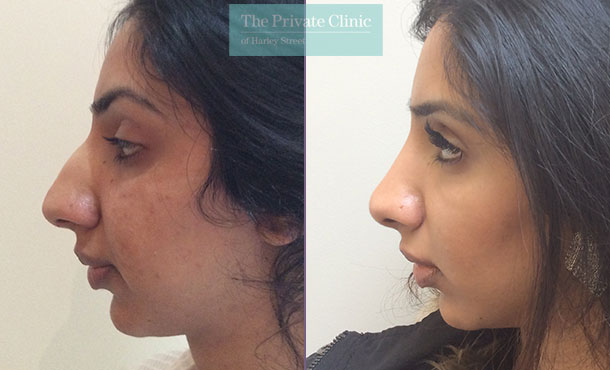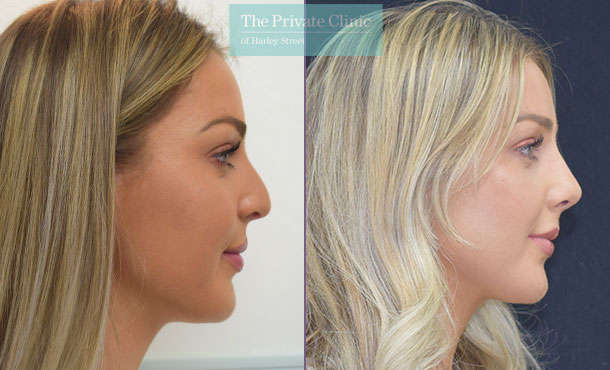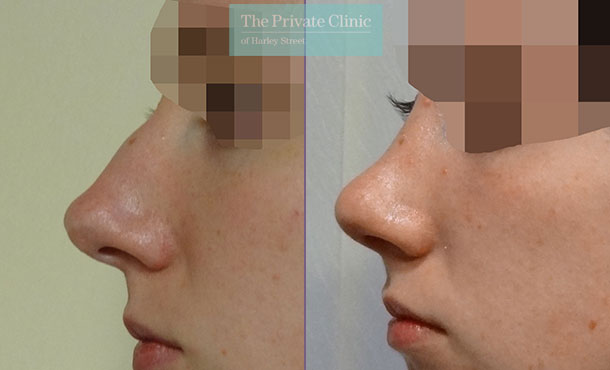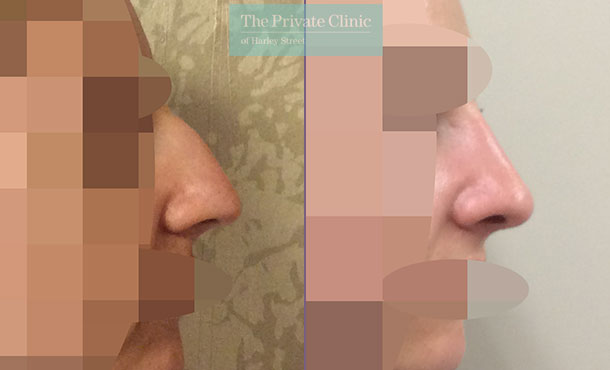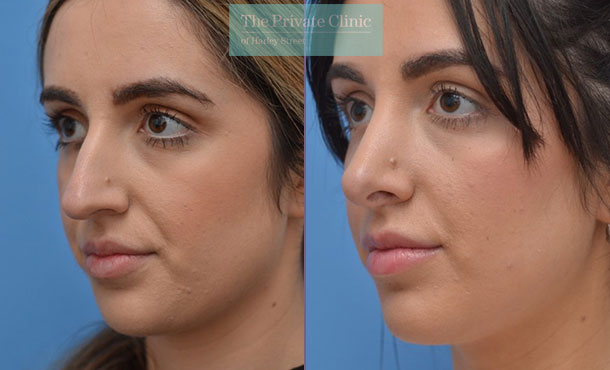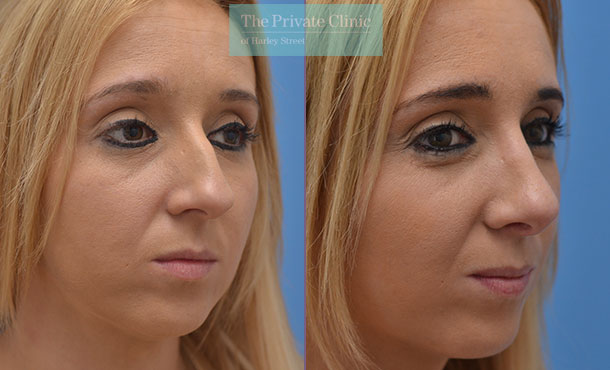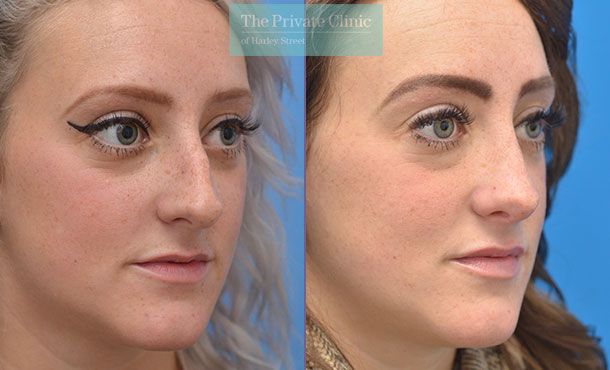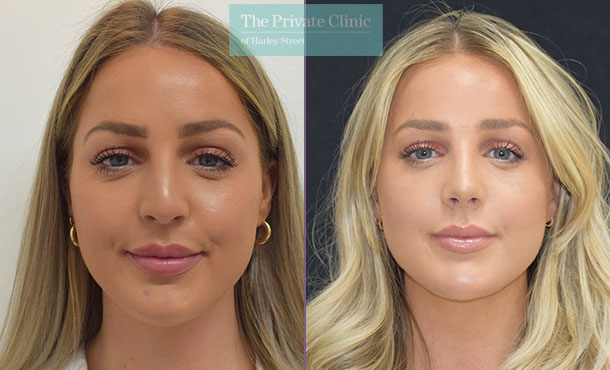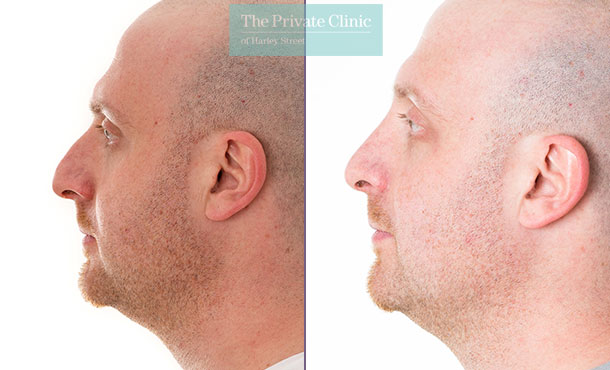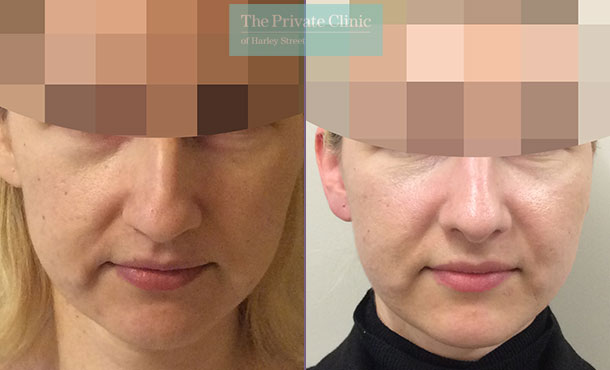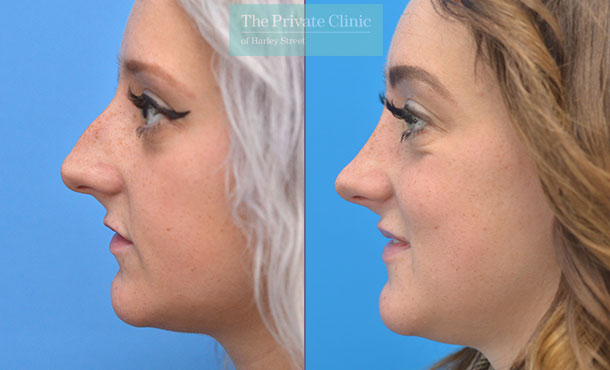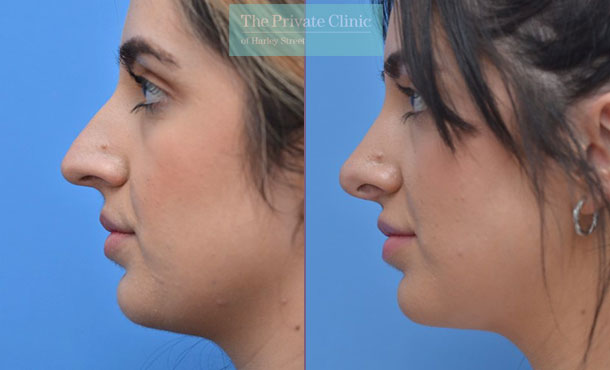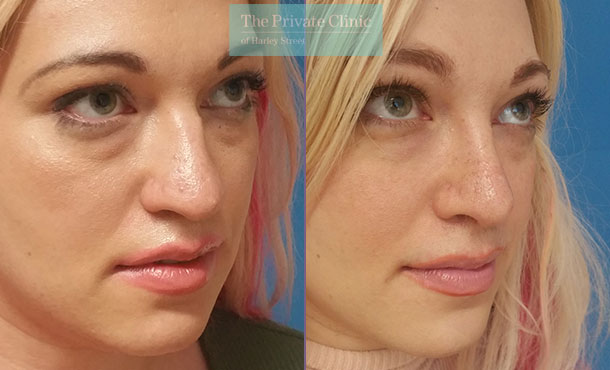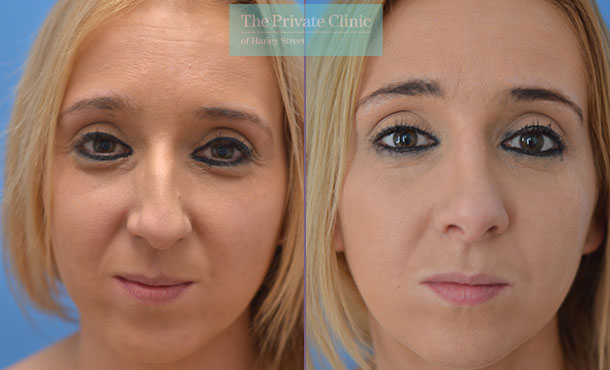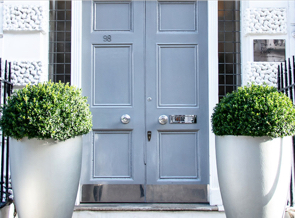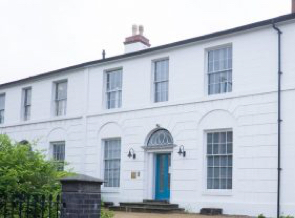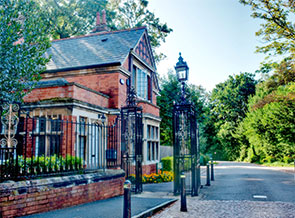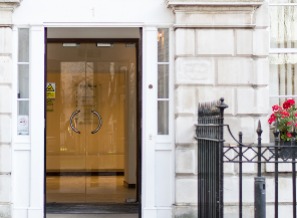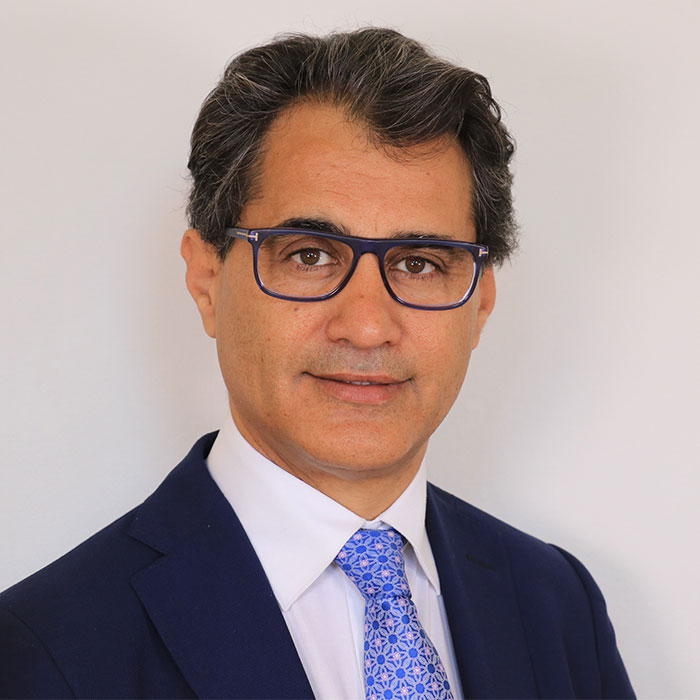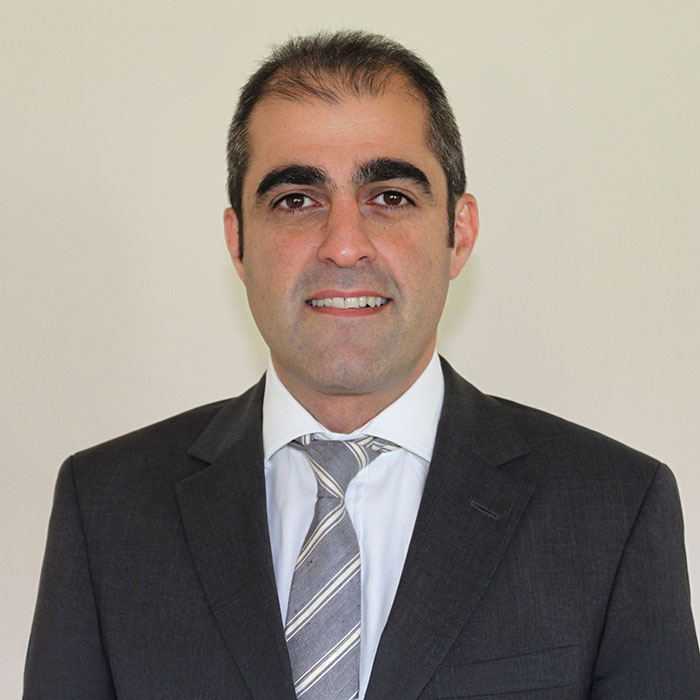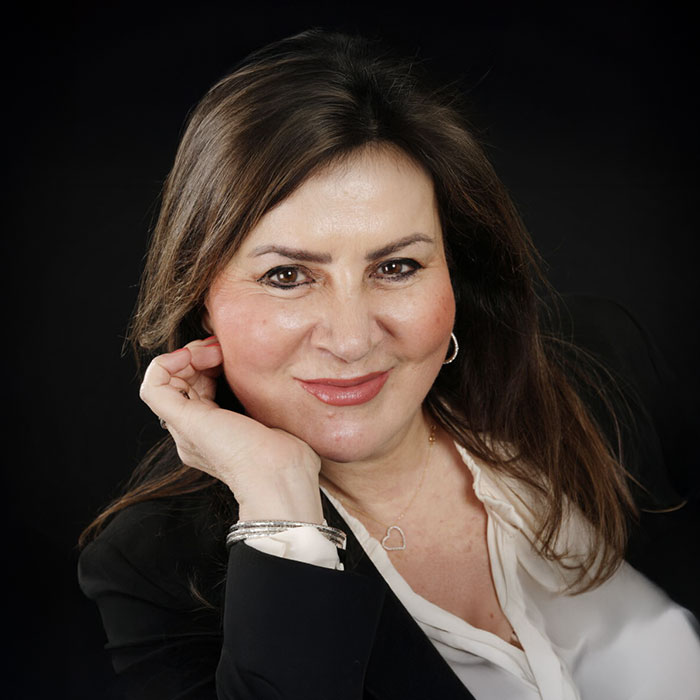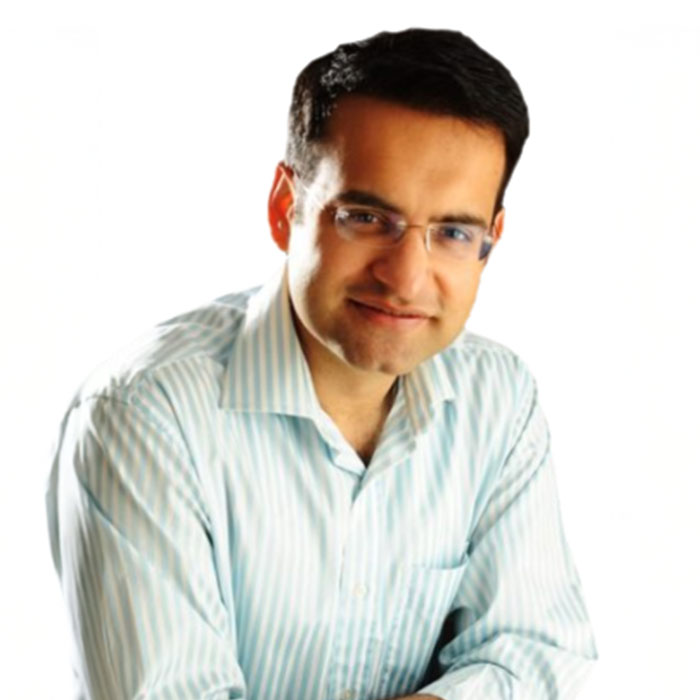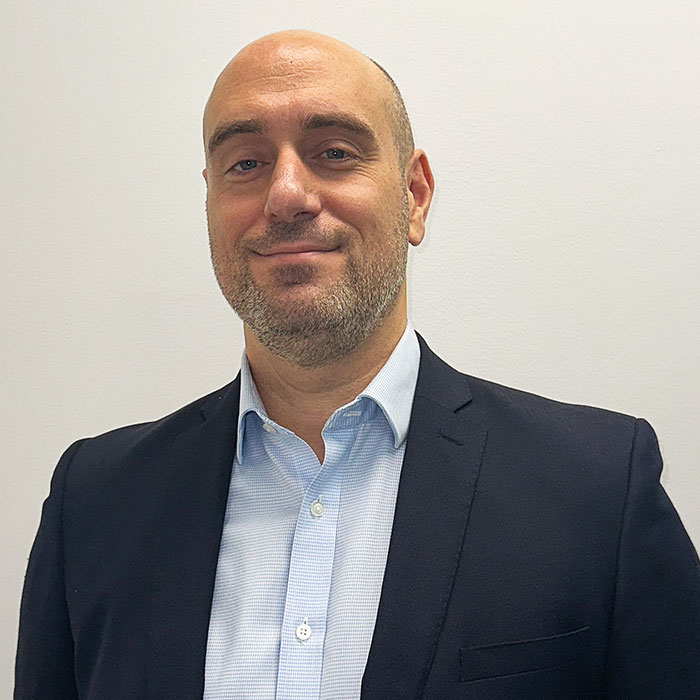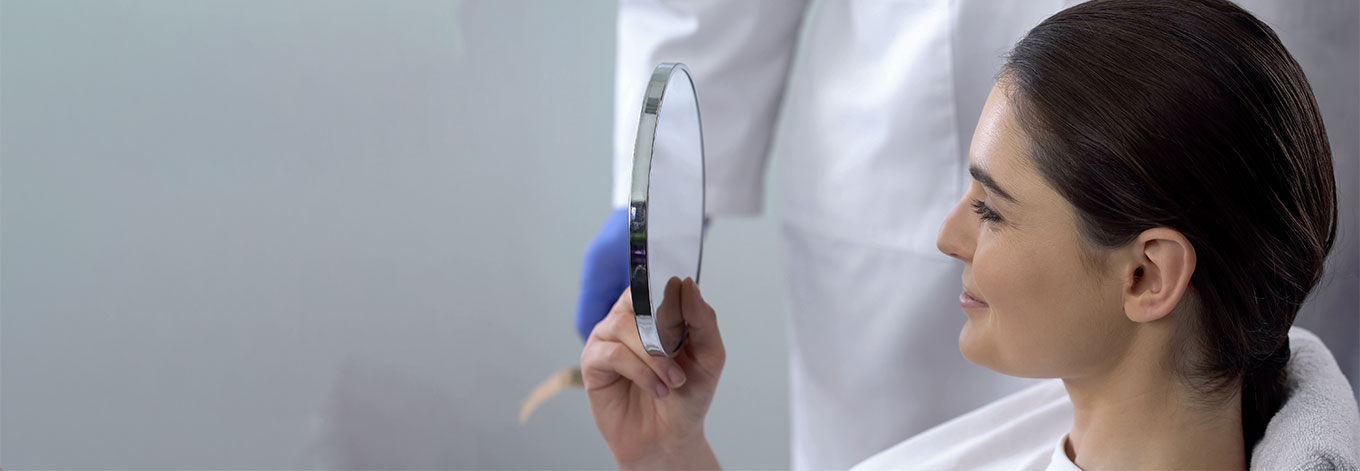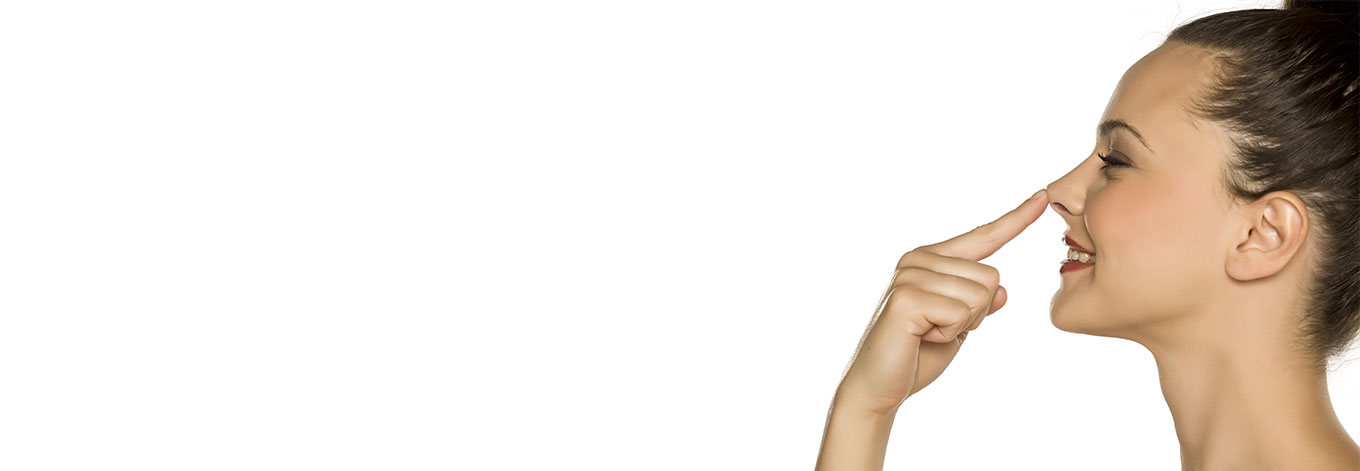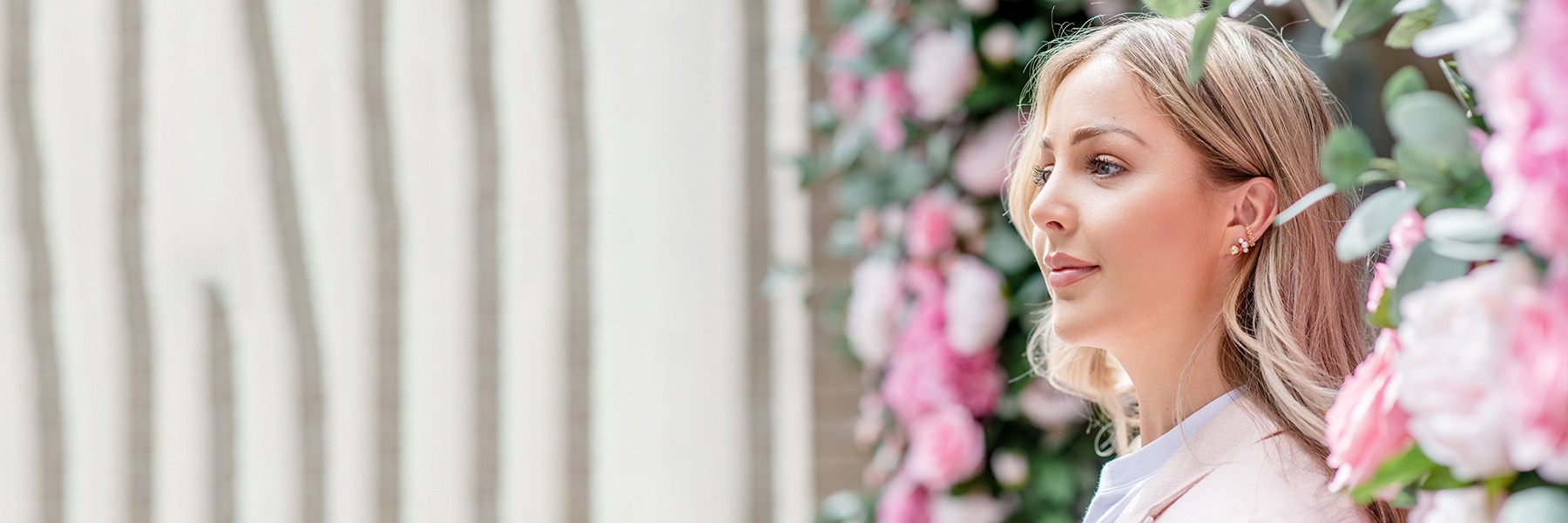
- Rhinoplasty procedures with renowned Cosmetic Nose Surgeons
- We can treat a wide range of nasal issues from low nasal tips to bumps and crooked noses.
- We have over 40 years’ experience in Medical Cosmetic treatments
- 0% Finance Available
What’s on this page
- About Nose Job Treatment
- Before & After Photos
- What to Expect
- Rhinoplasty FAQs
- Rhinoplasty Clinics
- Things to Consider
- Patient Stories
- Why the Private Clinic
- Meet the Surgeons
- Related Blogs & News
Medically reviewed by Lorcan Sheppard BSc MBBS FRCA, Chief Medical Officer for The Private Clinic of Harley Street, London.
Last Reviewed August 16th 2024
Related Cosmetic Surgery
Rhinoplasty / Nose Surgery
Your nose is one of your most defining features, and how it looks can have a huge impact on your confidence. You might find that you don’t like the shape or size of your nose, or a previous injury may have left it crooked or uneven. The Private Clinic are specialists in Rhinoplasty(Nose Job).
A Rhinoplasty or Nose Job is a plastic surgery procedure aimed at correcting or reconstructing the shape of the nose. It is frequently performed to enhance the aesthetic appearance and improve proportion of the face. It can also help for medical reasons to restore nasal functions such as breathing and correct a deviated septum. Nose surgery is one of the most popular cosmetic surgery operations and accounted for 10% of all operations in 2019 in the UK.
Here at The Private Clinic, we specialise in all types of nose reshaping including Caucasian and ethnic nose reshaping. Our patients include men and women of Arabic, Mediterranean, Asian and African ethnicity.
The Private Clinic have some of the UK’s best and most experienced Consultant Plastic and Reconstructive Surgeons performing our Rhinoplasty (Nose Reshaping) procedures available for consultation at our clinics in London, Birmingham and Northampton.
What is the difference between an Open & Closed Rhinoplasty?
Mr Navid Jallali discusses the differences between an open vs closed rhinoplasty.

Rhinoplasty / Nose Job Surgery at a glance
Procedure Time
2 – 3 hours
Anaesthetic Type
General anaesthetic
Hospital Stay
Day case
Support Garments
Nasal splint 7-10 days
Washing
1 day
Driving
1 week
Up & Mobile
1 day
Sexual Activity
3 weeks
Back to work
1 – 2 weeks
Travel
3 weeks
Full Recovery Time
6 weeks
Final Results
6 – 12 months
Sleeping
Elevated on back for 2 weeks to 2 months
Exercise
3 – 10 weeks
What can nose surgery achieve?
- Narrow the bridge of the nose
- Reshape the tip of the nose
- Widen or narrow the nostrils
- Reshape the bridge of the nose
- Reshape the whole profile of the nose
- Remove bone and cartridge off the nose to reduce the size
- Help with breathing difficulties
- Correct a nose previously broken (commonly called a nasal fracture) from a sporting incident
- Correct a deviated septum or crooked nose (can be caused by a nose fracture)
- Correct a cartilage and bone fracture due to an accident from sport
What are the different types of Cosmetic nose surgery?
- Standard rhinoplasty – Full nose correction of the bridge, nose tip and alar bases (nostrils)
- Septo-rhinoplasty – Full nose correction, including the alteration of a deviated nasal septum (the cartilage partition in the nose). If you suffer from symptoms of a deviated septum, this procedure is also suitable
- Rhino-tip – Correction of the tip and alar bases
- Preservation Rhinoplasty – This is an innovative type of rhinoplasty where the procedure is performed from the inside the nose. The benefit is that all the incisions are hidden in the inside and is recommended for patients who require the bridge of the nose to be modified.
Luca had a Rhinoplasty combined with Alar Base Reduction. Find out more in his patient story.
Can you fix a nasal fracture from a sports injury, car accident or even a fall?
Broken noses from sporting activities such as rugby, football or other contact sports, or a car crash or even a fall can be corrected at The Private Clinic. Come and see our nose surgeons to discuss the most suitable options to restore your nose shape.
Ask us a question
Rhinoplasty Before & After Photos
Our excellent reputation for patient safety and satisfaction, honest advice and outstanding care means your journey with The Private Clinic will be an exciting experience. Take a look at some of our Rhinoplasty surgery results below.
What to Expect
The Private Clinic has been treating patients for over 40 years with thousands of people placing their trust in us each year. We pride ourselves on being able to offer a personalised service. We have a team of friendly nurses and expert surgeons who understand the importance of this decision and will support you throughout your journey with us.
The Consultation
At your consultation, your surgeon will give a comprehensive assessment which includes an evaluation of the inside and outside of your nose.
This will allow your surgeon to assess which techniques would be suitable for your nose. It is also your chance to discuss what you wish to achieve from surgery as well as going through any questions you may have about the procedure and talk through any concerns.
Your plastic surgeon will also go through what rhinoplasty surgery involves, the risks associated with rhinoplasty surgery and what aftercare and downtime you would require post-surgery. You will also be provided with a Rhinoplasty Patient Guide which will have all the information you need to know about the procedure. You will leave your consultation feeling well-informed about the procedure to be able to decide if to go ahead with surgery or not.
To book a consultation, use our online contact form.

Pre-Operative Advice
In the interests of patient safety, all our patients are assessed against our patient selection criteria.
Following your consultation and review of your past medical history, the physician or preoperative nurse will choose any pre-operative tests considered to be appropriate, most of which are routine blood tests.
You will also be provided with information on how best to prepare for your upcoming procedure.

Rhinoplasty Surgery
Rhinoplasty and Septo-rhinoplasty surgeries are performed under general anaesthetic and can take up to two hours, depending on the nature of the procedure. Your surgeon will discuss if an overnight stay if required or not.
A Rhinotip correction may be carried out under local anaesthetic with sedation, under which circumstance you may be able to return home on the same day..
Your procedure will be performed under general anaesthetic and usually takes around 2 hours to complete. Regardless of the type of Rhinoplasty surgery you are having, your surgeon will work hard to ensure you are left with no visible scarring. Once complete, the skin on your nose will shrink or expand around its new shape.
A closed rhinoplasty procedure involves making tiny cuts inside the nostrils, visible signs of surgery after this procedure are minimal.
An open rhinoplasty cuts across the skin, between the nostrils this may leave fine scars.
A preservation rhinoplasty, whilst still performed under general anaesthetic, allows patients to return home the same day. The less invasive technique reduces the risk of post-operative bleeding meaning that the soft packs inserted inside the nose allow the patient to breathe straight away.

After your Rhinoplasty procedure
After surgery you may be required to stay in the hospital for one night, during this time you may have dressings inside each nostril, these will be removed before you leave. You must continue to wear your splint over your nose for 7-10 days and this is then usually removed at your post-op appointment.
We recommend that you take 7-14 days off work and avoid strenuous exercise for at least six weeks. You should also not be driving until 1 week after your procedure, or when given the all-clear from your surgeon or nurse.
You will experience some discomfort after the procedure but pain relief will be prescribed to you, do not take any medication containing aspirin until 1 week after your procedure. Bruising and swelling of the eyes and upper cheeks is normal and will subside within 10-14 days. You may also experience a sore throat after the surgery.
The swelling inside your nose may take a few months to disappear completely, but your clinic should be there to help you if you have any concerns during recovery.
A series of follow-up appointments will have been booked for you including a wound check at around a week after the procedure and then where necessary afterwards until your 6-week follow-up appointment with your surgeon.
If having a preservation rhinoplasty you will be discharged home the same day as your procedure. You will also experience much less bruising and swelling compared to a standard rhinoplasty and results can be seen instantly. The packs from surgery are usually removed within 3 days and the cast is removed after 7 days.
We recommend that you sleep on your back with your head lifted for the first two weeks following surgery to help with swelling.
To find out more book your consultation here.

The Private Clinic have collaborated with Chrysalis Finance to offer 0% finance for our patients.*
*Acceptance is subject to status. Terms and conditions apply.
Frequently Asked Questions
- A rhinoplasty is a surgical procedure designed to alter the shape of look of the nose and in some cases improve its function due to either trauma or birth defects.
- A rhinoplasty is also more commonly referred to as a nose job.
- A Rhinoplasty procedure can;
- Narrow the bridge of the nose.
- Reshape the tip of the nose.
- Widen or narrow the nostrils.
- Reshape the bridge of the nose.Reshape the whole profile of the nose.
- Remove bone and cartridge off the nose to reduce the size
- Help with breathing difficulties.
- Correct a nose that was previously broken (commonly called a nasal fracture) from a sporting incident.
- Correct a deviated septum (a deviated septum can be caused by a nose fracture)
In the case of most Caucasian Rhinoplasty’s the dorsal hump tends to be the focus of concern regardless of sex or age. Dorsal hump reduction is therefore an essential surgical step during a Rhinoplasty in order to resect portions of both the bone and cartilage. Following the dorsal height reduction, the vault of the nose is destroyed and must then be reconstructed in order to be functional again.
For the last 50 years, this technique was the standard procedure used by surgeons to remove a hump and change the shape of the nose. The unfortunate complications of this technique included: bone irregularities, dorsal deformities, saddle noses and breathing issues. Rhinoplasty surgery carries the highest rate of revision and secondary surgery out of all cosmetic procedures. Complex reconstruction surgery on the nose usually involves the use of grafts taken from the patients rib or ear.
If you could imagine the nose as a tall building with the top floor being the hump. In the past surgeons would remove the top floor or hump in order to reduce the size of the building. This approach leaves the roof open, which would then need to be reconstructed in order to restore the coverage.
By using the Preservation Rhinoplasty technique surgeons no longer need to destroy or reconstruct the dorsum or roof during surgery. The height or first floor is reduced internally, the nose then becomes smaller and the hump disappears.
This new technique is less invasive and less traumatic for the patient. Dorsal preservation also achieves a more natural result, avoiding many of the secondary deformities that lead to patients requiring revision surgery.
Patients who undergo Preservation Rhinoplasty have a faster recovery and are discharged home only a few hours following their surgery.
Thanks to this less invasive technique, the risk of bleeding post-operatively reduces, meaning that the soft packs inserted inside the nose allow the patient to breathe straight away.
To find out more about our Preservation Rhinoplasty procedure, use our rhinoplasty online contact form to book a consultation with our expert rhinoplasty surgeon.
Nose reshaping surgery or a rhinoplasty is a great procedure that can help you in you are feeling unhappy with the shape, position or size of your nose. You would only really be unsuitable for surgery if your surgeon felt your expectations were unrealistic or if you had anything that causes concern on your medical history. Before going ahead with your procedure, you will be able to discuss your desired goals, lifestyle and medical history to allow the surgeon to determine your suitability for nose reshaping surgery.
A preservation rhinoplasty is most beneficial for patients who require the bridge of the nose to be modified. The vast majority of patients are suitable for the preservation technique. However, 20% of patients will still require traditional Rhinoplasty surgery. A thorough consultation is required in order to assess the best technique for each patient.
To find out more about our Preservation Rhinoplasty technique and your suitability, book a consultation with one of your expert surgeons.
A rhinoplasty is often a great solution to help treat breathing difficulties caused by a previous injury to the nose or issues related to the natural position or shape of your nose.
The most common cause of breathing difficulties is a deviated nasal septum. This is the internal partition between the right and left nasal passage and it is not uncommon for it actually to be crooked on both sides which can really affect the airflow within the nose. In many cases, patients often do not even know they have this as they have never experienced what ‘normal’ breathing is. This procedure is known as a septo-rhinoplasty.
Other nasal issues that may affect breathing include previous injuries or a previous rhinoplasty that has resulted in breathing problems.
Immediately after rhinoplasty surgery, you may not necessarily have perfect breathing right away so it may feel like the procedure has not worked, or in some cases made your breathing difficulties worse. The inside of the nose has to undergo the same healing processes. Once the swelling has resolved after 1 or 2 weeks, you can expect to notice more of a change in your previous breathing difficulties and hopefully a positive improvement.
Rhinoplasty Procedures are Available in these Clinics
Things to Consider
Our advice on what to consider when deciding to have a rhinoplasty procedure:
1. When choosing a clinic, you should always do your research, and only go to an established, reputable clinic.
The Private Clinic has been in the cosmetic surgery industry for over 40 years. We are here to answer all of your questions and give you peace of mind.
Read MoreRhinoplasty Patient Stories
Outstanding care, patient satisfaction and results mean everything to The Private Clinic Team
Our Plastic Surgeons will work alongside you to help you achieve your goals whether it be to restore your confidence or for medical breathing issues.
Simply book a consultation today to hear about the best options available for you.
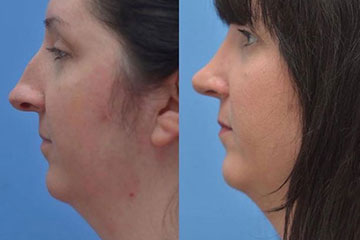
Rhinoplasty – Rachael
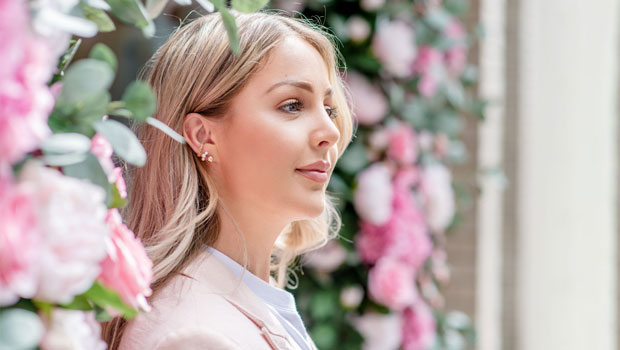
Preservation Rhinoplasty – Chloe
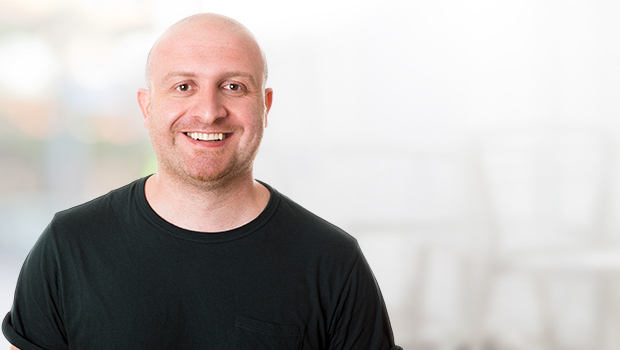
Rhinoplasty – Luca
Why Choose The Private Clinic
- We are multi-award-winning Cosmetic Surgery provider.
- We have over 40 years’ experience in Medical Cosmetic treatments.
- Top UK best rhinoplasty surgeons with decades of experience.
- We offer a range of Rhinoplasty techniques to suit the needs of all patients.
- Dedicated 24 hour help line with a professional nursing team.
- As many post-operative care appointments with your surgeon and nursing team as required.
- We have state of the art hospital facilities.
- Competitively priced for our expertise and experience.
- 5 Star Trustpilot Rating.
- Find out more about Rhinoplasty surgery in our informative blogs.
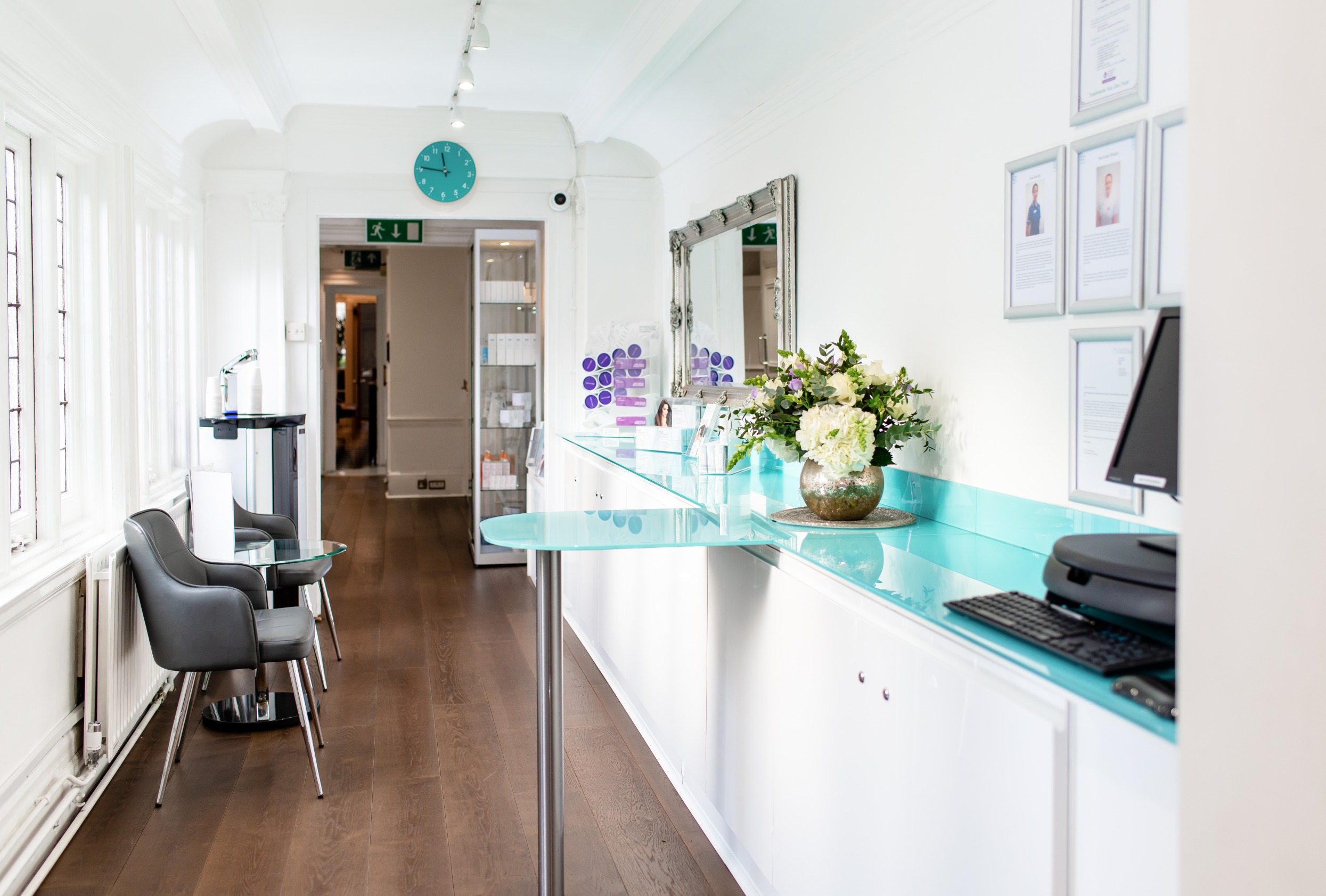
Meet our Surgeons
We have a dedicated Plastic Surgeon and medical team who will be with you throughout your journey.
At The Private Clinic, nose surgery is performed by some of the UK’s top consultant plastic surgeons who have decades of experience.







